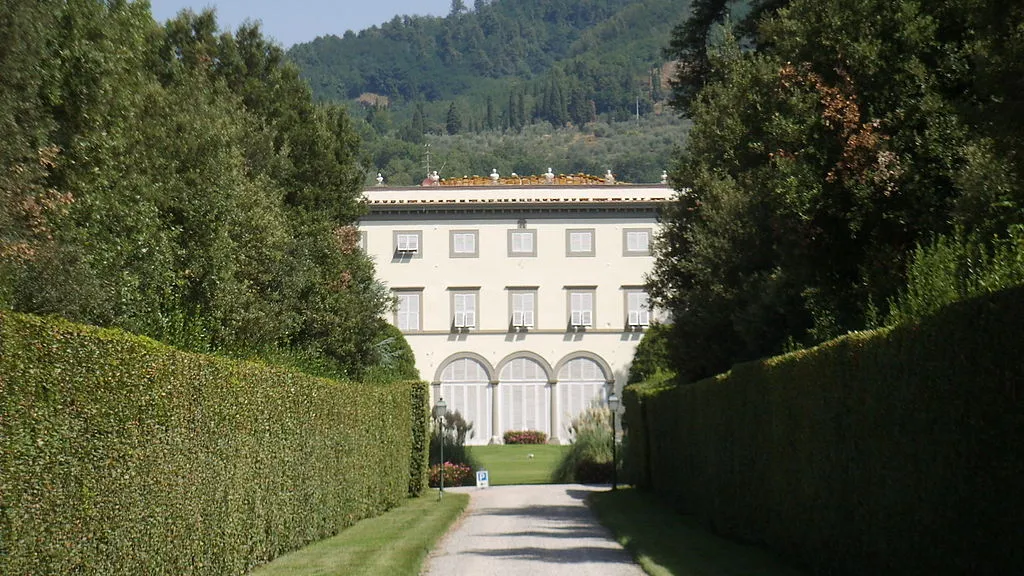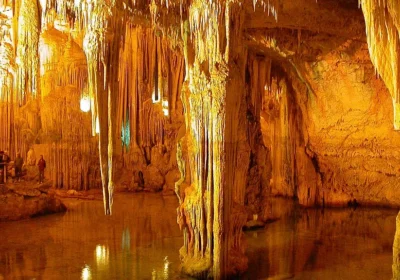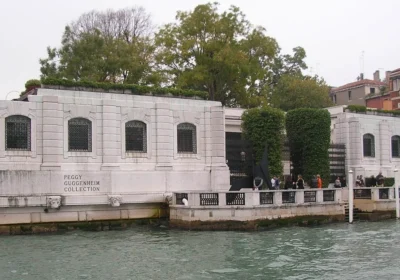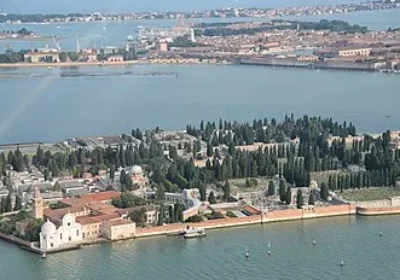The tour is conducted by car.
Villa Torrigiani in Camigliano is the best example of Baroque architecture in Tuscany. The villa and its park date back to the early 16th century and first belonged to the Buonvisi family and was later bought by the Marquis Nicolao Santini, ambassador of the Republic of Lucca to the court of Louis XIV, under whom significant modifications were made as he admired the style of architecture of Versailles. The park and gardens were enriched with luxurious details: flowering parterres, large fountains with enchanting sparkling splashes of water. From the 19th century onwards, the park took on a more romantic appearance.
Thanks to the acquisition of specimen plants brought from all over the world. A splendid avenue of cypresses leads to the solemn Baroque façade of the villa, inside which the original furniture and frescoes by Pietro Scorzini have been preserved. The villa is now home to descendants of Nicolao Santini and Torrigiani.
Villa Grabau in San Pancrazio is one of the main historic Luccan Renaissance villas, which preserves the furniture and décor of the era. It was built by the wealthy Luccan traders Diodati on the ruins of a medieval settlement, rebuilt in Renaissance style and then in neoclassical style, it was sold to Caroline Grabau, wife of a wealthy German banker in 1868. Of particular interest is the park of 9 hectares surrounding the villa. The valuable structure of the greenhouse for lemon trees, dating back to the 17th century, contains about one hundred terracotta flower pots decorated with the coats of arms of old customers.
Villa Bernardini in Vicopelago is a noteworthy example of late Renaissance architecture surrounded by a park. It was begun under Bernardo Bernardini and completed in 1615, and is still owned by the descendants of this family, whose coat of arms is represented on the various furniture, frescoes and engravings that decorate the villa and belong to different eras.
Villa Oliva in San Pancrazio – the construction of the villa, originally belonging to the Buonvisi family, dates back to the 16th century. Ludovico Buonvisi commissioned the construction from the Luccan architect and sculptor Matteo Civitali. Over the centuries, the villa was owned by various owners and then bought by the Oliva family, under whom extensive renovation work was carried out. The two salons in the centre and the enchanting loggia with stone columns overlooking the 5-hectare park with fountains are magnificent.

















